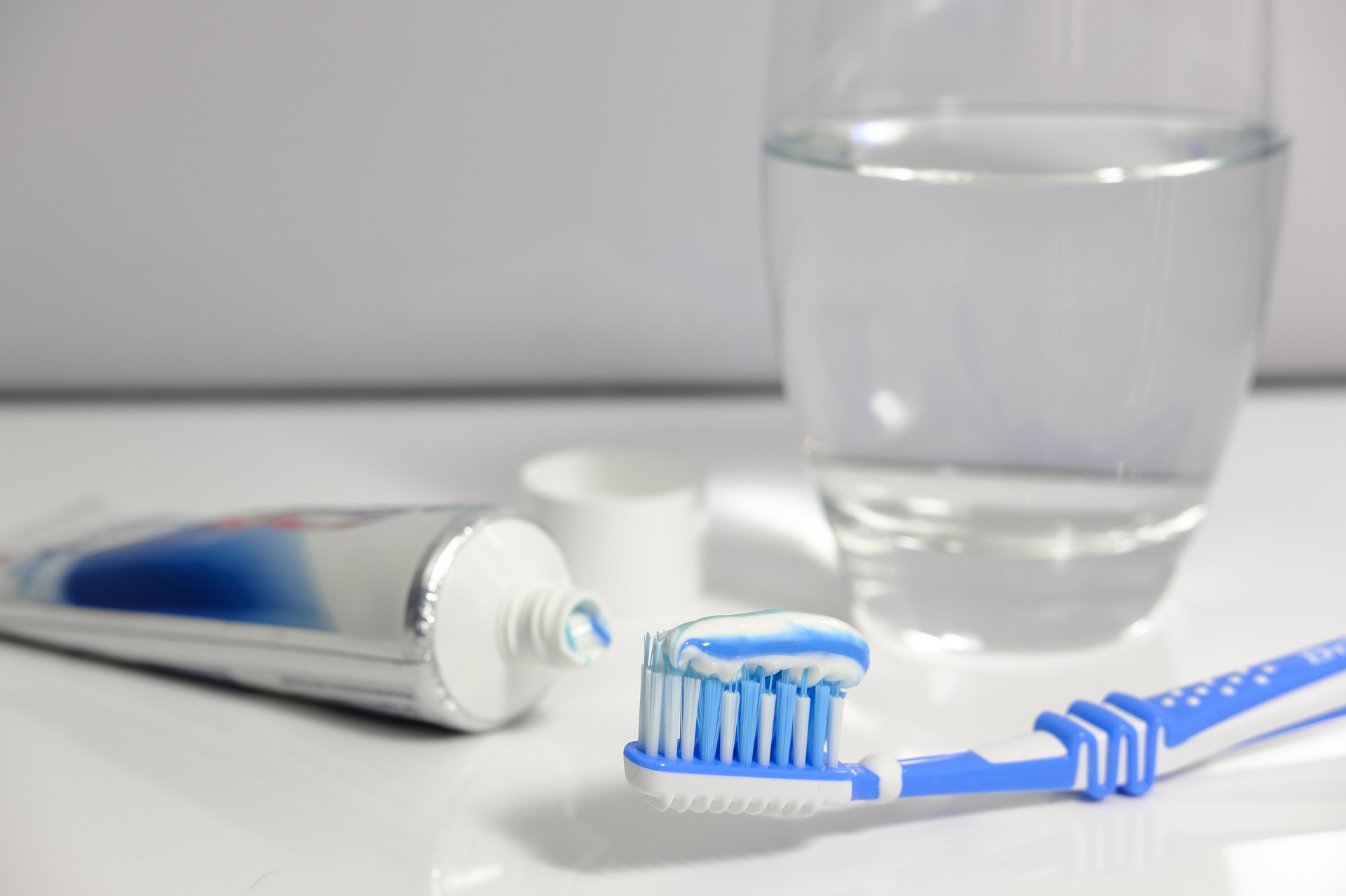The supermarket shelves are filled with a wide range of different toothbrushes, toothpastes and oral hygiene products promising to give us fresh breath and whiter teeth. But have you ever thought about what people used before the likes of Oral-B, Colgate and Listerine became commonplace in the home?
Oral hygiene has a fascinating and surprising history, with many techniques dating back to ancient times. Here are some of the most interesting highlights from thousands of years of evolution:
The history of the toothbrush
Modern technology and innovation has led to the introduction of the electric toothbrush, one of the most important advances in oral hygiene in recent years. But that is not to say that our ancestors didn’t carry out their fair share of innovative methods. In fact, the use of a ‘toothbrush’ per se, can be traced back thousands of years.
The earliest form of the toothbrush is found to have existed around 3500 BC and was a type of twig, which was chewed until it became frayed and then used to clean teeth. Along with sharp twigs, which were used as toothpicks, these instruments were used to dislodge food in the mouth and later be combined with paste.
It wasn’t until the 1400s that China made significant advances, where natural bristles were used for the first time, plucked from cold climate pigs and added to a handle carved from bone. At this time in Europe, people were using water or brandy mixed with salt as a cleaning solution, and applying it to the teeth with rags or sponges to scrub away dirt.
Once this Chinese innovation reached Europe, it evolved further to combine different types of bristles and handles to refine the toothbrush. However, the true ‘father’ of the toothbrush is credited to be Mr. William Addis, a British man, who had a brainwave while serving time in prison in 1780. After creating a prototype behind bars, his invention went into manufacture and became available to the masses across England following his release from prison.
The US began manufacturing man-made toothbrushes around the time of the World War One, where they combined nylon bristles with a celluloid handle. This made the brush more widely available without the need for natural materials. This was the start of the modern day manual toothbrush, with the introduction of the electric toothbrush only following much more recently, in 1960.
The history of toothpaste
Similarly to the toothbrush, toothpaste also has a surprising history spanning back much further than you may think. In fact, the use of a form of toothpaste predates the toothbrush by around 1500 years, as the first use of a cleaning paste is estimated to have begun around 5000 BC.
Over several thousand years, toothpaste powders have included a range of weird and wonderful ingredients, such as eggshells, powdered ox hooves, crushed bones and oyster shells. In Asia they also added herbs and minerals for extra cleansing properties or to improve the taste. As these powders were around before the common toothbrush, they were often applied with rags or sponges and scrubbed onto teeth to remove dirt.
In the 1800s soap was added as a cleaning ingredient and the powders started to become more advanced, with antibacterial properties. This century also saw further advancements, toothpaste in the form of cream was produced in the 1850s and later on the first collapsible tube was introduced during the 1890s, resembling the modern toothpaste tube which is found in our homes. It was also around this time that a revolutionary ingredient was added to the oral hygiene routine – fluoride.
The history of mouthwash
You may take your fresh tasting mouthwash for granted when you brush your teeth in the morning, but perhaps knowing that the ancient Romans used bottled urine to clean their mouth will make you see things in a new light. Far from being absurd, urine in fact contains high levels of ammonia, a common ingredient used in cleaning and disinfection, so there is more logic to their method than there may seem.
Throughout the first century, other liquids were also used in oral hygiene such as tortoise blood, goat’s milk, white wine and vinegar, each of which was thought to have separate cleansing properties to improve the health of the mouth.
Around the 1500s, mouthwash began to take a more familiar form, as a solution combining mint and vinegar was gargled to fight bad breath and harmful bacteria. However, it wasn’t until as late as the 19th century that the use of urine completely subsided, and this was due to a better suited ingredient: alcohol. With this substitution, the type of mouthwash that we still use today truly came to market.
Dental floss
Compared to the other key products used in oral hygiene, dental floss was introduced to the routine very recently. The use first appeared in 1819, when an American dentist advocated the use of a waxen silk, threaded between the teeth to clear food debris from areas that a typical toothbrush cannot reach. However, dental floss as we know it was not widely manufactured until the late 1800s, when toothbrushes, toothpaste and mouthwash were now becoming advanced.
It may be surprising to consider the range of methods and techniques that have been used over the centuries, but one thing is clear and that is that people across the world have always understood the importance of good oral hygiene. It is also to be said that, despite having excellent technology and cleaning ingredients available to us, our diet of sugary food and drink in modern times has also caused widespread problems in oral hygiene that require us to be more diligent than ever in proper cleaning.
For modern and tailored dental hygiene advice, why not visit Vitality’s dedicated hygienists, who can advise on the best home teeth care routines and products to keep your teeth and gums healthy and strong. Contact us today for more information or to book an appointment with one of our hygienists.


